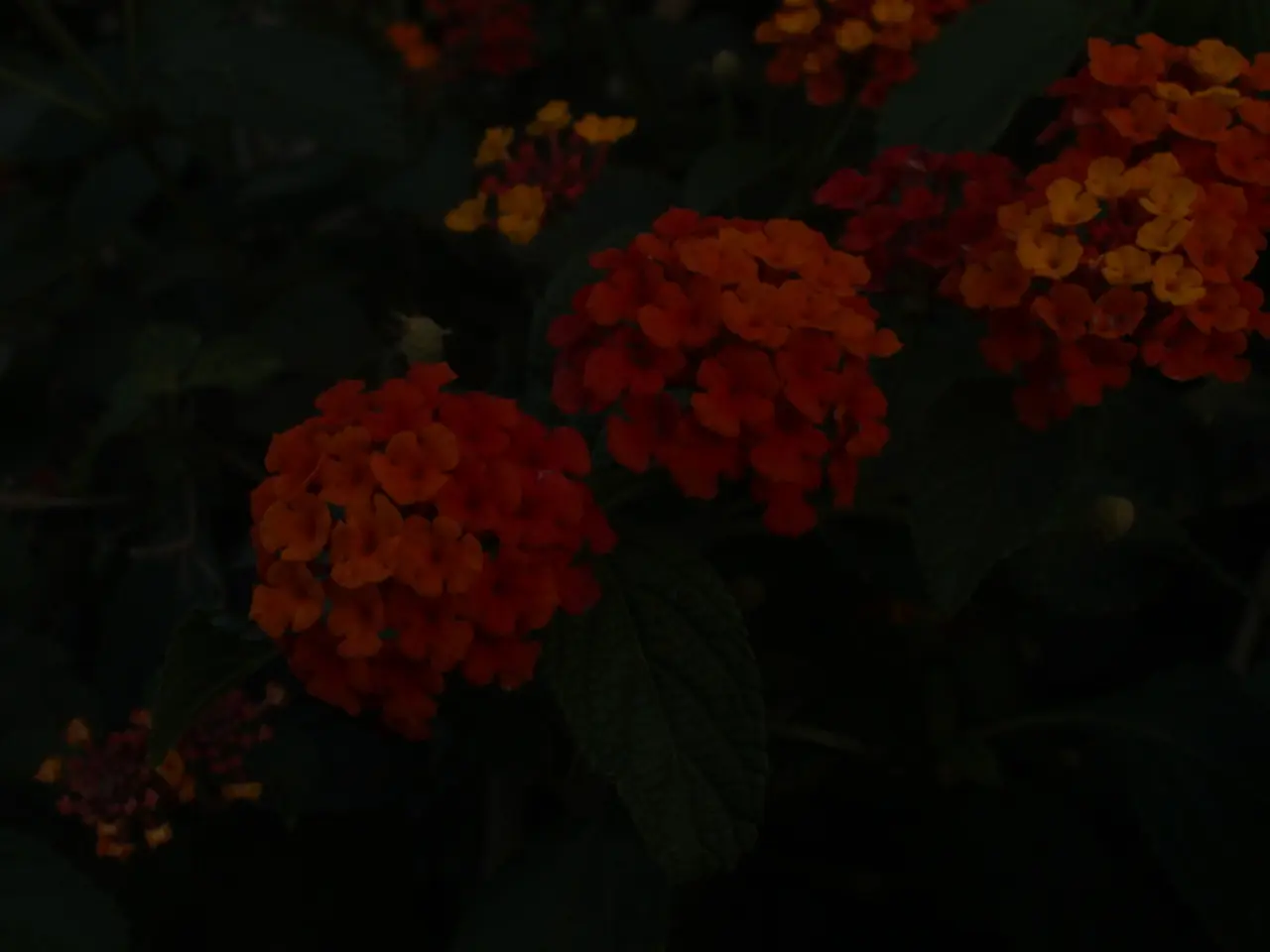Indoor Flower Seed Sprouting: A Guide for Aspiring Green Thumbs
Starting flower seeds indoors can be an exciting and rewarding experience for both beginners and experienced gardeners. This guide offers detailed steps and tips to help you grow flowers like a professional.
Choosing Seeds and Supplies
Select flower seeds that are suitable for indoor starting and gather the necessary materials. These include seed trays or pots with drainage holes, high-quality seed-starting soil or potting mix, watering can or spray bottle, grow lights or a sunny windowsill, labels for tracking seed varieties, and an optional heat mat to promote germination.
Preparing Containers
Fill your containers with seed-starting mix, moisten lightly, and press down gently to eliminate air pockets and ensure good seed-to-soil contact. Leave about 1/4 inch space at the top of each container.
Sowing Seeds
Follow the specific depth instructions provided on the seed packet when sowing seeds. Some seeds require light to germinate, so leave these uncovered.
Water and Humidity
Maintain consistent moisture by misting or watering gently. Lightly cover containers with plastic wrap or a clear lid to retain humidity, creating a mini greenhouse environment. Poke holes for ventilation to prevent the build-up of moisture.
Lighting and Temperature
Place the setup in a warm location, ideally between 65-75°F (18-24°C). Provide ample light—either on a sunny windowsill or under grow lights—to support healthy germination and growth. Position grow lights 2-3 inches above the seedlings.
Care for Seedlings
Once sprouted, remove the plastic cover, keep soil moist, and ensure seedlings receive sufficient light to become strong.
Transplanting and Hardening Off
Before moving outdoors, gradually expose seedlings to outdoor conditions over a week to harden them off, reducing transplant shock. When conditions are suitable, transplant the strongest seedlings into larger containers or garden beds.
Additional Tips
- Hard-coated seeds like beans or peas may benefit from soaking prior to planting to improve germination, but delicate seeds often do not require soaking.
- Use seed-starting pellets or pods soaked in lukewarm water as a convenient planting medium, maintaining moisture until roots appear.
Benefits of Starting Flower Seeds Indoors
Starting seeds indoors offers several advantages. It allows for early intervention in case of pests or diseases, promoting strong root systems and healthy foliage for more resilient plants. It also enables gardeners to experiment with a diverse range of flower species and cultivars, enhancing the aesthetic appeal of gardens and supporting biodiversity. Additionally, indoor seed starting extends the growing season, allowing for earlier transplantation and a longer display period.
Popular choices for indoor starting include petunias, marigolds, zinnias, and impatiens, among others.
By following these steps and tips, you will increase your chances of successfully growing flowers from seed indoors. Keep a gardening journal to track your progress and learn for future seasons. Happy gardening!
Make sure to choose seeds suitable for indoor starting, such as petunias, marigolds, or zinnias, and gather essential supplies like seed trays, soil, watering tools, and grow lights.
After preparing containers with seed-starting mix and moisture, follow the seed packet instructions for sowing seeds, making adjustments for seeds that require light for germination.




